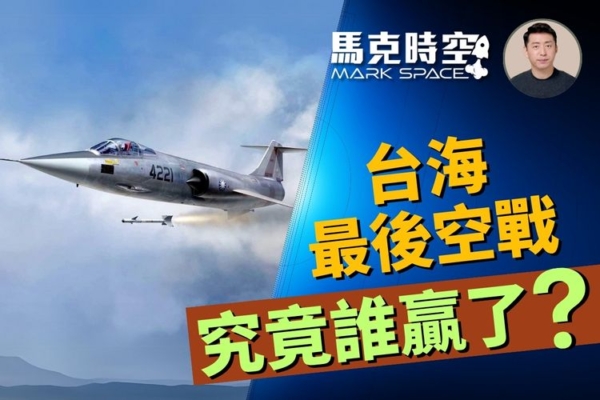The cross-strait relations are currently at a delicate stage following the severance of diplomatic ties between Taiwan and the United States. The Chinese Communist Party (CCP) has been conducting military exercises around Taiwan, breaking previous tacit agreements by repeatedly crossing the median line of the Taiwan Strait. This grey-zone tactic continuously diminishes the Taiwan Armed Forces’ early warning time.
Before the Taiwan-US diplomatic break, the Taiwan Armed Forces had acquired the most advanced weapons from the United States, including fighter jets and reconnaissance aircraft, frequently engaging with the People’s Liberation Army (PLA) across the strait.
The 113 Dogfight in 1967 was the final aerial conflict between the Taiwan Armed Forces and the PLA over the Taiwan Strait. Taiwan deployed the advanced F-104 Starfighter, while the PLA sent J-6 fighters for interception. Both sides claimed victory, with conflicting reports on the outcome. Today, we revisit this final battle in the Taiwan Strait.
Around 1967, the PLA’s submarine fleet was suspected of operating in the waters near Xiamen, posing a significant threat to the Taiwan Navy’s maritime rights and supply missions to outlying islands in the Taiwan Strait. In response, the Taiwan Air Force dispatched RF-104G reconnaissance aircraft for surveillance in the Xiamen area on January 13 at dawn.
Due to the urgency of the situation, the reconnaissance photos taken by RF-104G were immediately processed upon landing, but due to poor lighting, the images were not clear enough to gather useful intelligence. As a result, the Taiwan military decided to launch a second reconnaissance mission on the same day.
The second mission faced heightened tensions, with the PLA likely on high alert. In addition to the RF-104G flown by Colonel Sung Chun-hua of the 12th Reconnaissance Squadron, four F-104 fighters were prepared for escort duty.
The PLA was indeed prepared, as a large number of J-6 fighters from the 24th Division of the PLA Air Force were ready for interception, leading to imminent confrontation.
The details of the 113 Dogfight from the Taiwan side are publicly available and informative, while the PLA’s interception report lacks specific details but includes rough interception footage to support their narrative.
The Taiwan Air Force deployed F-104 Starfighter series aircraft for the 113 Dogfight. The F-104, designed by Lockheed, was a single-engine all-weather supersonic fighter jet with radar and air-to-air missiles, emphasizing high-altitude and high-speed performance.
The F-104G model used by the Taiwan Air Force in the conflict was equipped with a J79 turbojet engine and a top speed of Mach 2.2. Armed with a 20mm M61 Vulcan cannon and capable of carrying four AIM-9 Sidewinder missiles for air superiority missions.
The PLA Air Force utilized the J-6 fighter jet, a licensed copy of the Soviet MiG-19, during the 113 Dogfight. Initially, the J-6 faced performance issues, but subsequent improvements saw upgrades such as radar equipment and air-to-air missiles.
Analysis of the air battle demonstrates the intricacies and strategies employed by both sides. The availability of Taiwan’s detailed records contrasts with the PLA’s reliance on a single photograph to claim victory, indicating potential propaganda motives.
The longevity of the F-104 fleet provided valuable military support to Taiwan throughout the years. Despite the challenges posed by the F-104’s design limitations, Taiwan successfully operated the aircraft for 38 years before retirement in 1998.
The 113 Dogfight’s outcome sheds light on the era’s military dynamics, showcasing the capabilities and challenges faced by both the Taiwan and PLA Air Forces during aerial confrontations. The historical significance of this event underscores the importance of vigilance and preparedness in maintaining national security.

